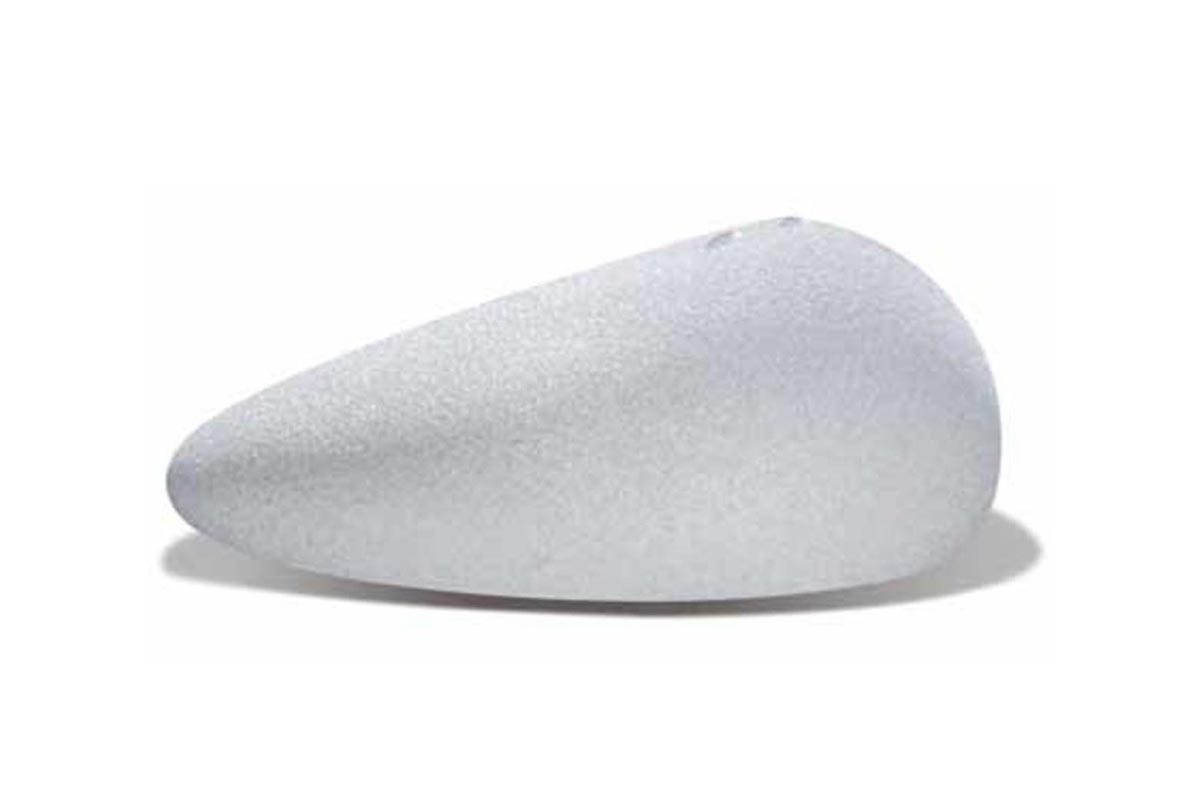WHAT IS LAGC-AIM?
The abbreviation LAGC-AIM stands for Large Cell Anaplastic Lymphoma Associated with Breast Implants and refers to a rare T-cell lymphoma that develops around breast implants placed as part of reconstructive or cosmetic surgery.1 At present, the cause of LAGC-AIM is not clearly understood.
IS LAGC-AIM A FORM OF BREAST CANCER?
LAGC-AIM is not a cancer of the breast tissue itself, but a rare type of cancer that develops around the scar tissue caused by the implant and, in some cases, can spread throughout the body.
HOW COMMON IS LAGC-AIM?
An estimated 35 million women worldwide wear breast implants.2 LAGC-AIM is rare and it is difficult to estimate its true incidence.3 To date, incidence rates estimated in the scientific literature range from 0.03% to 0.003%, or 1 in 3,817 to 1 in 30,000.4-7*
* The publications referenced here include populations of patients with breast implants and patients specifically with textured implants.
WHAT CAUSES LAGC-AIM?
International health regulators are working proactively with implant manufacturers to investigate LAGC-AIM.8-12 To date, no specific risk factors have been identified. However, implant texture, genetics and bacteria have played a role and are currently being investigated further.
WHAT ARE THE SYMPTOMS OF LAGC-AIM?
Most often, LAGC-AIM is diagnosed around 8 to 10 years after the implant was placed.13 The first symptoms are usually swelling of the breast – often caused by the accumulation of fluid around the implant.1 Other symptoms may include pain, lumps and asymmetry between the two breasts.
CAN LAGC-AIM BE TREATED?
Yes, when diagnosed early by a specialist surgeon, LAGC-AIM can be treated, often successfully.1 In most cases, LAGC-AIM can be treated by removing the breast implant and the capsule of scar tissue surrounding it. However, additional treatment may be required depending on the individual.1 In cases where the disease has spread to the rest of the body, rare cases of death have been reported.
WHAT TYPES OF BREAST IMPLANTS ARE ASSOCIATED WITH
LAGC-AIM ?
LAGC-AIM has been associated with both saline- and silicone-filled implants, with both round and anatomical implants, with all types of gel and all types of projection, whether the implants are used for reconstructive or cosmetic surgery.
WHAT IS A TEXTURED IMPLANT AND WHAT IS ITS IMPACT ON THE RISK OF DEVELOPING LAGC-AIM?
Breast implants have different surface textures, either smooth or textured. For cases reported to date, LAGC-AIM has been diagnosed most commonly in patients with textured implants1, although the risk of developing LAGC-AIM with textured implants remains low.6 Although it is difficult to quantify the true incidence and prevalence of LAGC-AIM3, estimated incidence rates to date range from 0.03% to 0.003%, or 1 in 3,817 to 1 in 30,000.
CAN MY SURGEON STILL CONSIDER A TEXTURED IMPLANT?
There are a number of reasons why a surgeon may choose a textured implant. Some types of implant, such as anatomically shaped implants, are only available with a textured surface.15 Be sure to discuss the various reasons for choosing a textured implant
options with your surgeon, because every woman is different and has different needs;
WHAT IS THE POSITION OF INTERNATIONAL HEALTH REGULATORY BODIES ON TEXTURED IMPLANTS?
For patients who have implants and are not currently experiencing any problems, the international health regulatory bodies (i.e. the Food and Drug Administration [FDA] in the United States, Health Canada, Medicines and Healthcare Products Regulatory Agency [MHRA] in the United Kingdom, the National Agency for the Safety of Medicines [ANSM] in France, Therapeutic Goods Administration [TGA] in Australia) do not recommend the removal of implants or the slightest change in routine medical care related to them.
WHO CAN I CONTACT IF I HAVE ANY OTHER QUESTIONS OR CONCERNS?
If you are considering having implants, ask your surgeon about the risks of LAGC-AIM and what it means.
WHAT DOES ALLERGAN DO ABOUT LAGC-AIM?
Patient safety is Allergan’s priority. The company works closely with leading surgeons around the world to raise awareness of the disease and the importance of early diagnosis. Allergan works tirelessly with the medical community to improve understanding of this rare disease.
Allergan offre également une couverture pour les événements rares, à hauteur de 4 000 euros, pour ses produits en cas de LAGC-AIM. Les patientes portant des implants Allergan peuvent bénéficier d’une aide pour les frais chirurgicaux qui ne sont pas couverts par l’assurance, y compris le retrait du ou des implant(s) mammaire(s) et des tissus associés.








